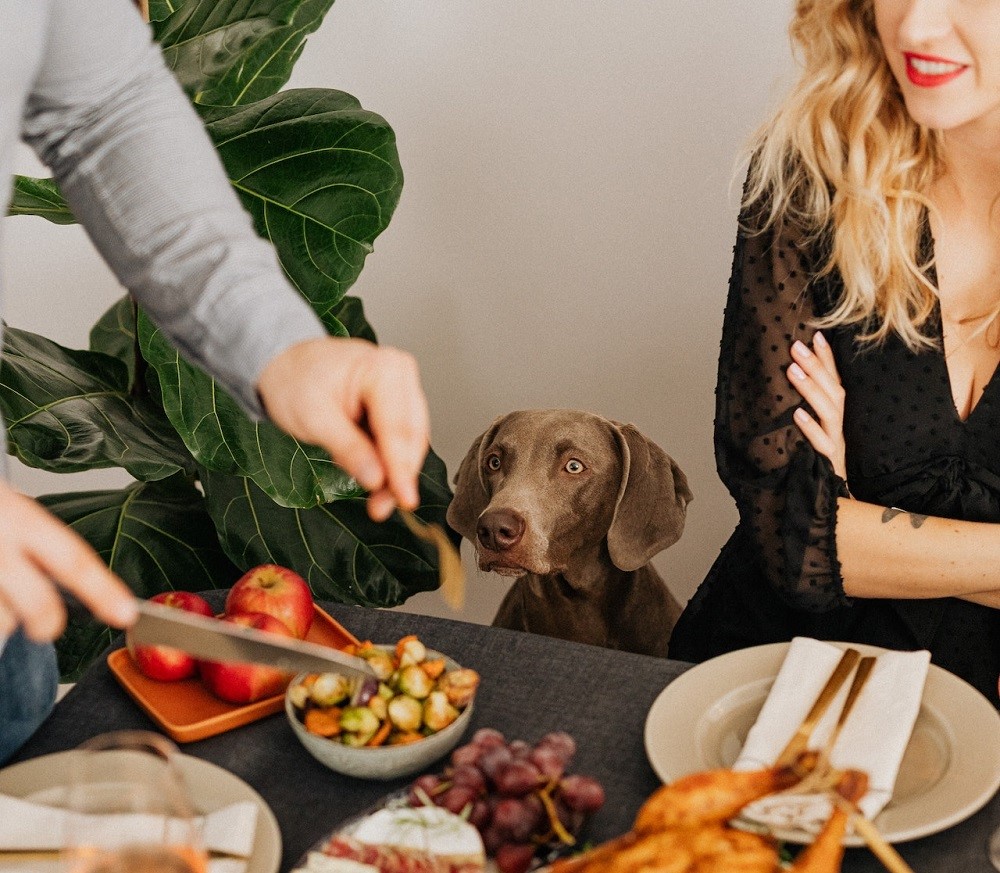
Taking good care of a dog by keeping up with its diet really takes a lot. As little as one meal can contain thousands of ingredients. Some of these ingredients can be incredibly harmful, so it’s better to always read through the ingredient lists on your dog’s food or label, as they can sometimes surprise you.
But most importantly, save you and your dog from many future health problems.
“To be sure of what food you can give to your dog, here is a quick list of ingredients to avoid in a dog’s food.”
So before ordering dog food in one of the online pet food stores I mention here, it is important to look at the list below.
1. BHA (Butylated hydroxyanisole)
BHA is a chemical compound, which is known to be incredibly toxic for dogs. It is a commonly used food preservative that causes a lot of problems for both humans and dogs. It was not that long ago that scientists discovered that BHA can cause cancer and alter the healthy balance of gut bacteria, and it’s still not clear that BHA is safe for dogs. If the food label doesn’t list the name of the preservative or which animals have been tested for safety, it’s best to stay away.
2. Vegetable oil
Most dog food companies add a little vegetable oil to their food to make the food more palatable to dogs, and thereby appeal to pet owners. But there’s another part of vegetable oil that is even more dangerous for dogs, and that’s lauric acid. Lauric acid is an antimicrobial compound that’s found in vegetable oil. It’s been found to cause cancer in lab rats and also causes stomach ulcers and mouth ulcers, and ultimately can lead to digestive problems and even death. So, it’s best to avoid using vegetable oil in your dog’s food.
3. Corn syrup
Corn syrup is a sweetening agent that is often used as a thickening agent for dog food. Some of the most popular brands of dog food use corn syrup as a thickening agent, and this is not very healthy for your dog. So, the best is to avoid this ingredient as it is harmful to dogs. Animal nutritionists suggest that you switch to rice syrup for dog food, which is less processed and healthier for your dog.
4. Sugar alcohol
Most dog food contains a small amount of glucose, which helps with digestion. The downside of this is that the sugar alcohol has maltitol, which can cause nausea in dogs and even lead to diarrhea. It’s important to avoid the use of sugar alcohols altogether, and instead, give your dog a nutritious diet that includes a few natural ingredients like fruits and veggies.
5. Ethoxyquin
This is a chemical preservative commonly used in animal foods. These preservatives can be toxic to dogs. Studies conducted in Europe have found that ethoxyquin can cause multiple health problems for dogs, and it is used to preserve meat and poultry. So, if you buy your dog food from a pet store, avoid dog food that contains this preservative. If you’re looking to buy food for yourself, read the labels and look for products that don’t contain ethoxyquin.
There are certainly many healthy dog food brands out there that are safe for your dog. So, make sure you do your homework before making a choice.
6. Meat byproducts
These ingredients are often used to give a meaty texture to foods. But beware: When dogs eat them, they can cause inflammatory reactions and digestive problems in dogs. They can also create yeast infections in dogs. If you’re not willing to give up your favorite meaty treat for your dog, then it’s best to stay away from meat byproducts in your dog’s diet and stick to organic meats for your dog.
7. Salt
Salt is added to give your dog the taste and texture he craves, but it’s not healthy for your dog. This is because salt is a high-sodium food and high in sodium can deteriorate your dog’s health. That said, it’s best to avoid using salt, as many of the dog foods will tell you on the label.
A good rule of thumb is that if you’re adding salt to your dog’s food, it’s best to limit the amount to two tablespoons, which would be less than one teaspoon. If you’re buying food for yourself, it’s best to buy products that don’t have salt added to them.
Final Thoughts
It is always best to read the ingredients list on your dog food. To make sure that you’re feeding your dog the best, you can also consult with your veterinarian and make sure that he or she recommends the best dog food for your dog.
